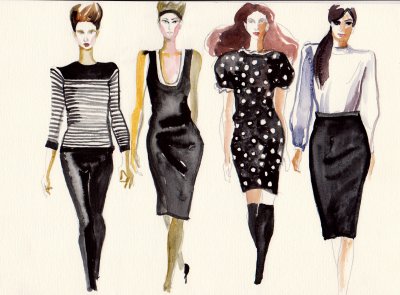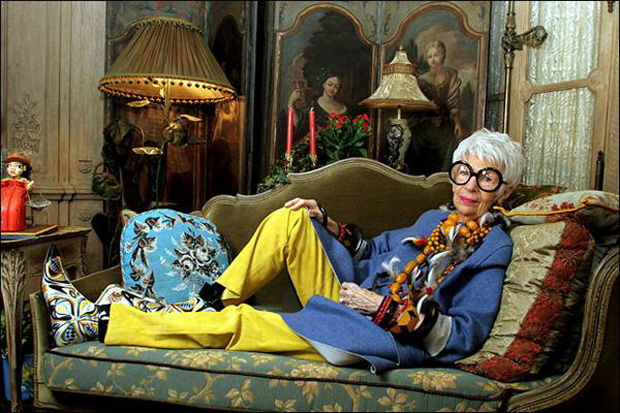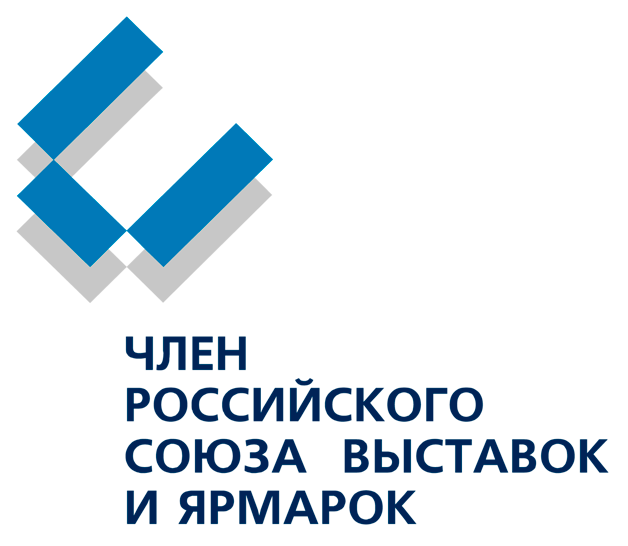The future of fashion at the Novosibirsk Expo Сentre

Olga Vladimirovna Vanieva, member of the Russian Designers’ Union, associate professor of “Technology and Design of Garments” Department at the Novosibirsk Technological Institute, spoke about the latest tendencies expected in the fashion world in the nearest future.
The 3 main sources of inspiration for modern designers are science art (synthesis of science and art), haute couture (high fashion) and escapism (from “escape”).
Science art trend comprises several tendencies.
The first tendency was denoted by Olga Vanieva as “the life of viruses” – textile colors resembling the hugely magnified photographs of viruses (as if we were looking at them through a microscope) are coming into fashion. The enlarged photos of plants are also used as prints applied to the fabric.
The next trend at the intersection of science and art was called “blood factor” by the lecturer. Blood in this tendency plays the role of genetic information carrier and the source of life. Summer collections will feature all hues of red; several red colors can be used in one costume.
One more trend inspired by science art is bio-amorphous design, i.e. complex objects whose shapes were “borrowed” by designers from nature or biology. 
Анна Пьяджи. foto: ladynews.com
One more interesting trend is “extravagant ageing”. Its emergence coincided with the passing of the Italian style icon Anna Piaggi. Her photographs are a perfect example of this trend. Olga Vanieva called Anna Piaggi “The best incarnation of Lady Gaga” - every apparel of this woman became the subject of discussions. One more iconic personality is the collector and designer Iris Apfel, who is 91 years old now. She turned ethnic style into art, boldly mixing ethnic costumes with haute couture clothing. Each of these elderly women created her own individual style, very extravagant but far from being tasteless.

Айрис Апфель. foto: ladynews.com
The modern Western society is growing older: life expectancy is increasing while birth rate is falling down. This, accompanied by the emergence of fashion blogs with photographs of stylishly dressed elderly people and the popularity of these blogs testify to the fact that people can be self-sufficient at any age, and their apparels can be viewed with pleasure.
The final science art tendency mentioned at the seminar is the body as the object of creation. Body experiments (tattoos, scarring) are popular again. The living illustration of this fact is a personality and model ZombieBoy, who covered his entire body and face with tattoos. For those who are not ready for such radical experiments designers make up fabrics with prints imitating tattoos as well as apply tattoo elements on footwear and tights.
The haute couture influence on the more accessible mass-oriented prêt-à-porter fashion is reflected in the emergence of an additional layer called demi-couture between these two phenomena. It is a very interesting creative trend: prêt-à-porter clothing is complemented with haute couture elements. For example official, traditionally sewn jackets with one element – the sleeve or the collar – made using complex technique or at least looking like a haute couture component are getting more popular today. This tendency will continue developing in the following decades.
As Olga Vanieva said, the next 15 years will be characterized by escapism. Escapism reflected in clothes created by designers can have the following forms and trends:
- Some designers suggest we concentrate on ourselves. This trend includes the prevalence of body hues, red color, “linen” style in clothes, the use of weightless, translucent fabrics and tight and elastic apparels. Soft textures such as velvet, suede, and fleece will be popular.
- Another way of escaping the reality is gaining pleasure from the images of the past. Colors and motives of jewelry, old wallpaper, gold, and bronze as well as textures of tapestries, brocade, and velvet. Many designers turn to the style of the past epochs, e.g. Art Deco.
- One more trend of escapism, which was introduced by the hippie style, is finding inspiration in nature. This style implies using flower and fruit motives, exquisite prints, and natural fabrics – cotton, flax, as well as the application of laces, embroidery, netting, patchwork, and other hand-made techniques. According to Olga Vanieva, we will soon face the revival of interest in hand-made individual clothing since we are all growing tired of mass market and the tendencies imposed by the industry.
- Escaping from reality to faraway countries is also a kind of escapism. Designers borrow colors and clothing styles from the traditional Arabic, Chinese, Japanese apparels. In the previous fashion season Japan was one of the key trends, which was clearly reflected in Prada collection.
- Finally, everyone can make up their own other world. The world of Tim Burton’s is one of the most popular concepts in fashion and the entire mass culture of worlds. Olga Vanieva mentioned “Alice in Wonderland” as the movie that is the most relevant for modern fashion. This film can be viewed as the color pallet of seasons to come.
Back




